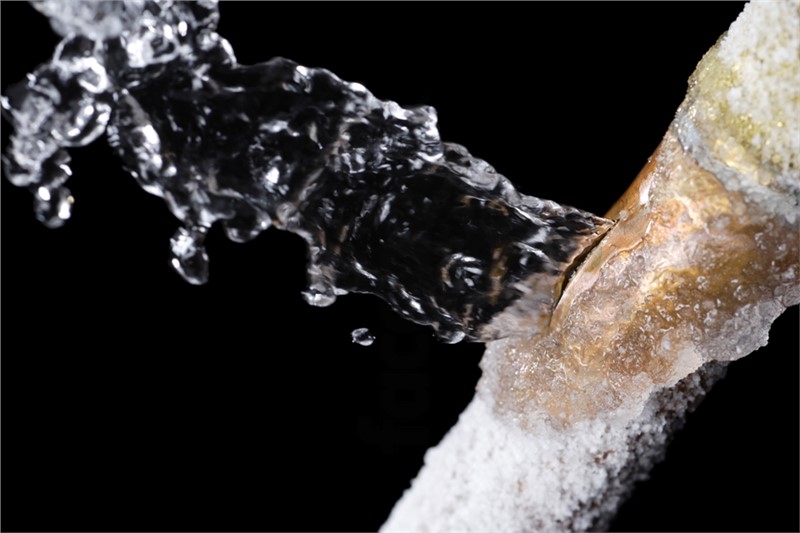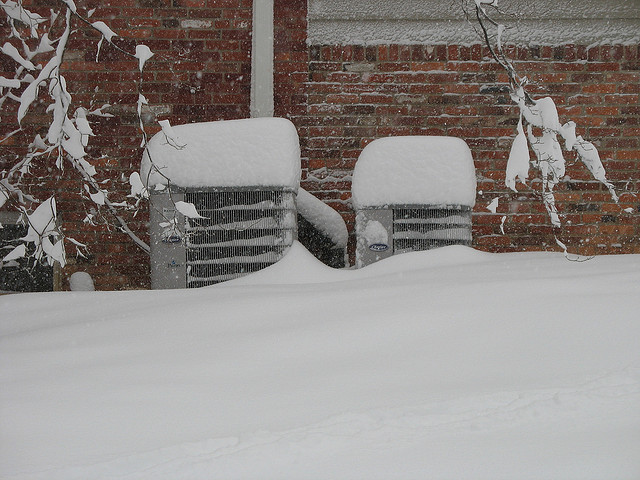Managing a Frozen AC Pipe: Proven Methods
Managing a Frozen AC Pipe: Proven Methods
Blog Article
What are your insights and beliefs on Have a Frozen AC Line? Here’s How to Fix It?

Intro
Finding that your AC pipeline is iced up can be worrying, especially throughout warm summertime when you depend on your air conditioner one of the most. Understanding what to do in such a situation is essential to avoid additional damages to your cooling system and guarantee your convenience inside.
Recognizing the Causes
Numerous elements can contribute to the freezing of an a/c pipe. Understanding these causes can help you address the issue efficiently.
Lack of Airflow
One common source of an icy AC pipeline is inadequate air flow. When the air movement over the evaporator coil is restricted, it can create the coil to go down below freezing temperature level, resulting in ice development on the pipeline.
Low Refrigerant Levels
Not enough cooling agent degrees in your a/c system can also lead to an icy pipeline. Low cooling agent levels can trigger the stress in the system to drop, resulting in the freezing of dampness on the evaporator coil.
Winter Conditions
In cooler climates, freezing temperatures outside can contribute to the freezing of AC pipelines. If your a/c system is not correctly protected or if there are leaks in the ductwork, cold air can infiltrate the system, causing the pipeline to ice up.
Dirty Air Filters
Unclean or stopped up air filters can restrict airflow in your AC system, resulting in numerous issues, consisting of a frozen pipeline. It's necessary to change or cleanse your air filters frequently to guarantee appropriate airflow and prevent ice buildup.
Indications of a Frozen A/c Pipe
Identifying the signs of an icy AC pipe is crucial for prompt action.
Lowered Airflow
If you observe a substantial decline in air flow from your vents, it can indicate an icy pipe.
Ice Buildup on the Pipe
Visible ice build-up on the refrigerant line or the evaporator coil is a clear indication of a frozen air conditioning pipe.
Weird Sounds from the Unit
Uncommon noises, such as hissing or gurgling, originating from your air conditioning unit can signify that there's ice present on the pipeline.
Immediate Actions to Take
When faced with an icy air conditioning pipe, it's vital to act rapidly to avoid further damage to your air conditioning system.
Turning off the AC
The first step is to switch off your air conditioner to prevent the system from running and exacerbating the problem.
Checking for Blockages
Examine the area around the indoor device for any kind of blockages that might be blocking air movement, such as furniture or drapes.
Thawing the Pipe
You can utilize mild approaches like putting towels soaked in cozy water around the icy pipe to help thaw it slowly.
Safety nets
Taking safety nets can aid stay clear of future events of an icy AC pipeline.
When DIY Methods Fail
If your attempts to thaw the pipeline or address other problems are not successful, it's time to employ an expert.
Relevance of Hiring a Professional HVAC Technician
A qualified HVAC specialist has the know-how and tools essential to identify and repair problems with your a/c system securely and properly.
Normal Maintenance Checks
Schedule routine upkeep get in touch with a specialist HVAC professional to make sure that your a/c system is running effectively.
Altering Air Filters
Regularly replace or clean your air filters to avoid air flow constraints and keep optimal efficiency.
Shielding Exposed Pipes
If your AC pipelines are subjected to chilly temperature levels, consider insulating them to prevent cold during winter months.
Seeking Professional Help
If DIY techniques fail to fix the concern or if you're unsure about how to proceed, it's ideal to look for assistance from a qualified HVAC specialist.
Final thought
Dealing with an icy AC pipe can be an aggravating experience, but knowing exactly how to react can aid decrease damages and recover comfort to your home. By recognizing the causes, identifying the indications, and taking punctual action, you can successfully attend to the issue and prevent future events.
Frozen AC Line: Why It Happens & What To Do About It
A frozen AC line can be a rather peculiar sight in a place like Phoenix, Arizona where nothing ever freezes. In this post, we’ll discuss what makes an air conditioner line frozen – and what you can do about it.
Dirty Air Filters
Did you know that you should be cleaning or replacing your air filters on a monthly basis? Failing to do this can result in airflow issues that, in turn, cause your evaporator coils and lines to freeze over. You’ll notice a buildup of ice on both components, although the buildup on your pipes will, of course, be more evident unless you open your air condition up to reveal the coils.
What To Do About It
Give your air filter a good cleaning if it’s reusable. If not, replace the filter outright. Next, switch your air conditioner’s fan setting on and leave it there for 2-3 hours. This will draw warm air in, helping to thaw your evaporator coil. You can also check out this article for some tips on cleaning the coils themselves if you’d like to speed the process up. Before you switch the unit back to its normal state, make sure the supply vents are completely unobstructed and free of dust or other debris.
If you keep having this issue even after replacing your filters regularly, contact a local HVAC repair company and have them inspect your evaporator coil, ductwork, and any other components that may be at fault. If you live in the Phoenix, Arizona area, give American Home Water and Air a call.
Low Refrigerant Levels/Leakage
What To Do About It
Contrary to what air conditioner “recharge” companies often tell their clients about refrigerant, it should never need to be simply refilled. You see, refrigerant runs in what experts refer to as a “closed loop.” Refrigerant really shouldn’t be leaving that loop. If it is, you’ve got a leak.
Paying someone to come and pump more refrigerant into your system (aka “recharge” it) isn’t the solution. Doing that will simply kick the can down the road. Besides, refrigerant leaks can be harmful to the environment and people in your home.
Rather, you need to take care of the leak with the help of a technician. Check out this article for some more information about dealing with air conditioners that are leaking refrigerant. Before you contact a technician, switch your thermostat to the off position. Then, switch the fan setting on and let it run for 2-3 hours so the unit can thaw.
Improper Temperature Setting
Improper temperature settings can also cause a drop in your air conditioner’s pressure. What many people don’t realize is that air conditioners are actually designed to run when temperatures have fallen above roughly 60 degrees Fahrenheit. If you run the unit when it’s cold outside, you’ll run into many issues, including frozen components.

As a keen reader about Air Conditioner Frozen? How To Fix your Frozen AC Line, I imagined sharing that piece of content was necessary. Liked our posting? Please share it. Let other people discover it. Thanks for going through it.
Book An Appointment Report this page